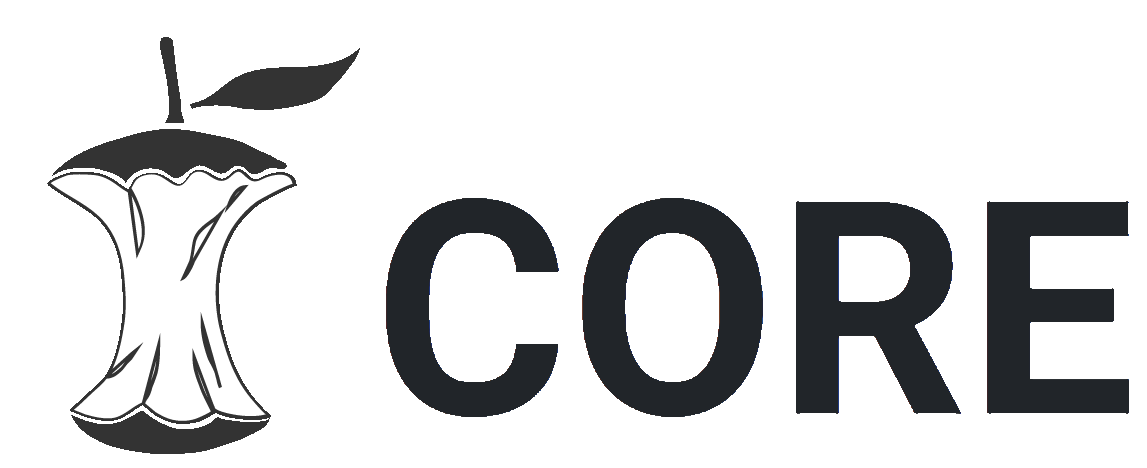Publicación: Síndrome de hipermovilidad articular y flujo espiratorio máximo en deportistas del Club Sporting Cristal, Rímac, 2024
Portada
Citas bibliográficas
Código QR
Autores
Autor corporativo
Recolector de datos
Otros/Desconocido
Director audiovisual
Editor/Compilador
Editores
Tipo de Material
Fecha
Cita bibliográfica
Título de serie/ reporte/ volumen/ colección
Es Parte de
Resumen
El presente estudio, tuvo como objetivo general determinar la relación entre el síndrome de hipermovilidad articular (SHA) y el flujo espiratorio máximo (FEM) en deportistas adolescentes del Club Sporting Cristal, Rímac. Se empleó un método deductivo-hipotético, de aspecto cuantitativo, con diseño no experimental y correlacional, en la cual participaron 100 deportistas de 13 a 16 años. Asimismo, el puntaje de Beighton evaluó el SHA y un flujómetro determinó el FEM. En cuanto a los resultados, el 34.4% de los deportistas presentó SHA, predominando en los de 14 años (38.1%) y siendo menos frecuente en los de 16 años (30.8%). Respecto al FEM, el 55.6% se ubicó en el nivel amarillo (síntomas moderados) y el 24.4% en el nivel rojo (crítico). Los deportistas más jóvenes (13 años) mostraron mayor prevalencia en el nivel crítico (76.5%), mientras que las edades mayores evidenciaron una disminución progresiva en ambos niveles críticos y moderados. En conclusión, aunque un 7.8% presentó simultáneamente SHA y niveles críticos de FEM, no se encontró una relación significativa entre ambas variables (p=0.851; rho=-0.020).
Resumen
The present study had as its general objective to determine the relationship between joint hypermobility syndrome (JHS) and maximum expiratory flow (PEF) in adolescent athletes from the Sporting Cristal Club, Rímac. A deductive-hypothetical method was used, with a quantitative aspect, with a non-experimental and correlational design, in which 100 athletes from 13 to 16 years old participated. Likewise, the Beighton score evaluated the JHS and a flowmeter determined the PEF. Regarding the results, 34.4% of the athletes presented JHS, predominating in those aged 14 years (38.1%) and being less frequent in those aged 16 years (30.8%). Regarding PEF, 55.6% were located in the yellow level (moderate symptoms) and 24.4% in the red level (critical). Younger athletes (13 years) showed a higher prevalence at the critical level (76.5%), while older ages showed a progressive decrease in both critical and moderate levels. In conclusion, although 7.8% presented simultaneously SHA and critical levels of PEF, no significant relationship was found between both variables (p=0.851; rho=-0.020).

 PDF
PDF  FLIP
FLIP 

